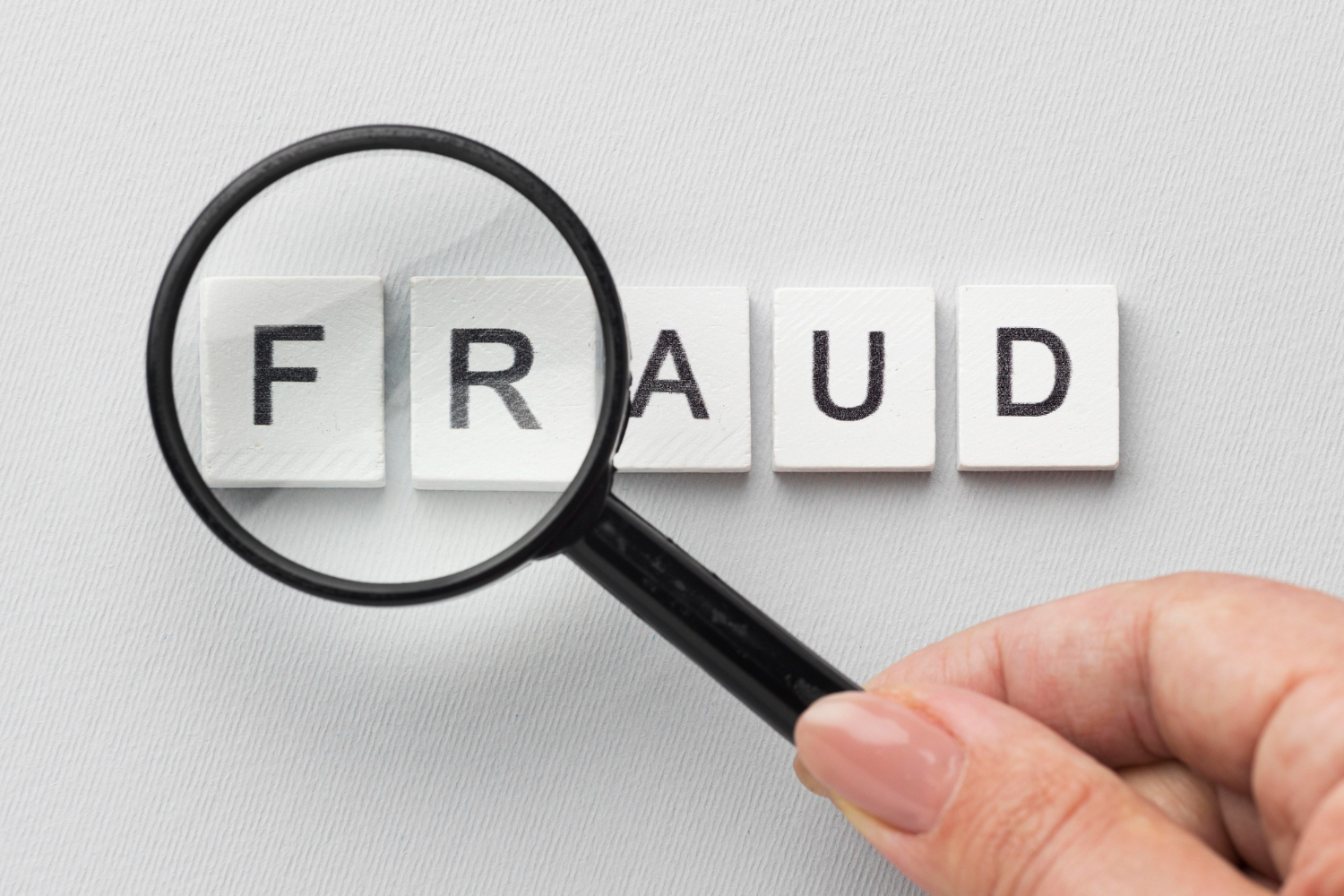Learn about the main types of financial fraud and how to protect yourself

Anúncios
Financial fraud represents an increasing risk for consumers and businesses in the United States.
The rise in digital transactions and the easy access to users’ personal information has opened new doors for fraudsters, which has posed a significant problem for customers, making financial fraud harder to detect.
Understanding the most common types of fraud and knowing how to protect yourself are essential to safeguarding your assets and personal information.
Anúncios
To discover the main types of financial fraud and learn how to prevent them, keep reading.
What are the most common types of financial fraud?
Financial fraud comes in various forms and techniques, some of which evolve rapidly to deceive even the most vigilant consumers.
Identity theft
Identity theft occurs when fraudsters use personal information, such as a name, Social Security number, or bank details, to conduct transactions in the victim’s name.
Anúncios
In the United States, this practice is alarmingly common and has grown in recent years due to increased online activity.
In 2022, more than 1.4 million cases of identity theft were reported, according to the Federal Trade Commission (FTC).
Criminals open credit accounts, apply for loans, and even attempt to sell properties belonging to the victims.
This type of fraud can lead to significant financial damage, in addition to harming the credit and trust of the affected person.
Credit and debit card fraud
Credit and debit card fraud involves the unauthorized use of card data to make purchases or transactions.
This type of fraud can happen when data is stolen directly from the card, often through devices known as skimmers, or through cyberattacks on companies that store customers’ financial information.
A survey by the Nilson Report revealed that card fraud caused losses of over $28 billion globally in 2021.
With the growth of e-commerce, this form of financial fraud has become one of the most common and also one of the most complex to prevent.
Phishing scam
Phishing is a tactic in which criminals attempt to trick people into providing confidential information, such as passwords and bank details, usually through fraudulent emails or messages that mimic official communications.
These messages often contain links to fake sites or attachments with malware that collect personal information when opened.
Though it’s an old technique, phishing remains effective and highly prevalent, with around 23% of Americans having been targeted by this type of attack, according to the 2023 Proofpoint report.

Chargeback fraud
Chargeback fraud, also known as friendly fraud, occurs when a person makes a purchase with a card and later claims the transaction was fraudulent to get a refund, even after receiving the product or service.
This type of fraud is particularly common in online purchases and represents a significant loss for merchants, as they incur financial loss and additional fees from payment providers.
It’s estimated that this practice caused losses of over $11 billion for global merchants in 2022.
Fake charities
Fraudsters often create fake charities to collect fraudulent donations, especially after catastrophic events like natural disasters or humanitarian crises when people are more inclined to help.
These fake charities operate with websites and donation channels that mimic legitimate organizations, making it difficult for donors to verify their legitimacy.
According to the Better Business Bureau (BBB), these scams increased considerably during the COVID-19 pandemic and continue to harm thousands of people annually, diverting millions of dollars intended for noble causes.
Debt collection fraud
Debt collection fraud occurs when offenders pose as collection agents and try to trick people into paying nonexistent debts.
This fraud can happen via phone, email, or text message, often using intimidation tactics, such as threats of arrest or legal action, to pressure victims into paying.
This type of scam primarily affects the elderly and people less familiar with financial practices.
Data from the FTC indicates that in 2021, debt collection fraud resulted in losses exceeding $500 million.

How to prevent financial fraud?
Preventing financial fraud requires constant vigilance and some simple practices that can reduce the risk of falling victim. Here are the main tips for protecting yourself:
- Check Your Accounts Regularly: Perform recurring reviews of bank and credit card statements to quickly identify suspicious transactions.
- Use Two-Factor Authentication: Enabling two-factor authentication on bank accounts and payment platforms offers an extra layer of security.
- Avoid Clicking on Suspicious Links: If you receive emails or messages from unknown or suspicious sources, avoid clicking on links or downloading attachments.
- Protect Your Personal Information: Never share personal or financial information over calls or messages from unverified sources.
- Use Strong and Unique Passwords: Create complex, unique passwords for each account and use password managers to help manage them.
- Verify Charities: When donating, check the charity organization on sites like Charity Navigator or the Better Business Bureau.
- Beware of Aggressive Collection Attempts: If someone aggressively or threateningly collects a debt, check with the company or bank before making any payment.
Understanding the main types of financial fraud and applying preventive strategies can help reduce the risk of becoming a victim of financial scams.
As we’ve seen, the methods used by criminals are varied and often sophisticated, making awareness and knowledge about financial security essential for anyone using banking services or conducting online transactions.
To stay informed about how to protect your finances, keep following our site and stay alert to new security strategies and updates in the fight against financial fraud.
Want a suggestion? Also read our content explaining how debt relief works.





